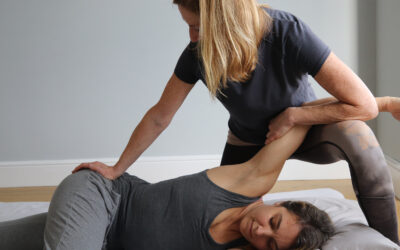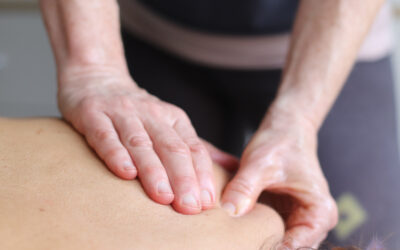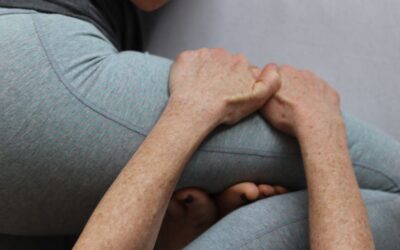How’s your breathing? Autumn can be the time of year where many of us are finding it a little more difficult to breath. A lingering chest infection, pain and discomfort from a chronic respiratory condition, stress or anxiety causing a shortness of breath and tightness in the chest. Posture can suffer while we are trying to huddle and stay warm, too much coughing may have left our muscles sore.
Our breathing occurs unconsciously but we are also able to voluntarily control our breath and slowing down the breath has a soothing effect emotionally. You can try observing your breath, sitting or lying, place one hand high on your chest and the other further down. Just taking a moment to notice where you feel the breath at its fullest. Is it high in the chest? Around our lower ribs? Can we feel the breath into our abdomen? Yoga, singing and meditation can give us tools to help our lung capacity and breathing.
Our lungs expand to take in oxygen and contract to release carbon dioxide waste. However, the mechanics of breathing include much more of our body than just lungs. Some of the muscles involved include the diaphragm, a domed sheet of muscle that separates the lungs and heart from the abdominal organs, it looks a bit like a sea creature and attaches to the lower ribs, as well as to the lumbar vertebrae of the spine. During inhalation, the diaphragm contracts, enlarging the chest cavity the dome flattens, moving downward into the abdominal cavity like a piston and on exhalation the muscles relax allowing the lungs to deflate.
The muscles of the rib cage are known as the intercostal muscles because they are located in the space between adjacent ribs. The inspiratory intercostal muscles form the outer layer, and they slope downward and forward contraction causes the ribs to move upward and outward, similar to the raising of a bucket handle they can be surprisingly sore when we touch them. We also have a set of internal intercostal muscles that assist when we exhale.
Some muscles in the neck region also have an inspiratory action and when these muscles contract, they lift the top of the chest. When any of these neck muscles tighten and shorten they can restrict normal breathing and disrupt breathing patterns. Also if we are breathing rapidly they can become overworked.
Massage can lengthen and relax these muscles, improve breathing capacity and function as well helping with rib cage expansion. It can also loosen mucus in the lungs and increase airway clearance for better lung function and also help improve posture, releasing tightness across the top of the chest. With specialized and powerful techniques to work with I’m able to help people experiencing rib, abdomen and thorax pain as well as associated neck pain.
Feel free to contact me to find out how my treatments can help you, contact by email or call on 07739155807
Photo by Sophia Adatia, showing Thai massage working to release neck, shoulders and chest tightness.


